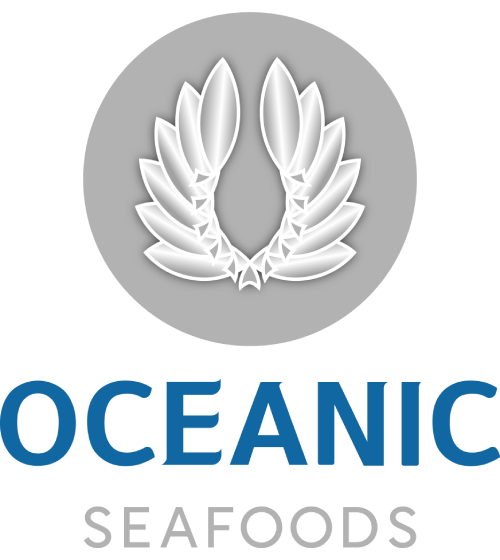If you’ve ever been in a fish market and watched people purchasing fish, those who are more familiar with buying fresh fish may remind you of wine connoisseurs. They know what to look for. It’s a matter of observing and smelling since you can’t usually do a “fish tasting” as you might at a winery.
Nonetheless, you should be informed when shopping for quality seafood.
A few signs of good quality fish include
- No objectionable smell – rinsing in tap water or rubbing lime, lemon or vinegar are ways in which objectionable smells are eliminated.
- Shiny skin and pink or red (not brown) gills are usually found on good quality fish as are fins that are not scraggly or broken.
- The eyes of the fish should be clear
- Fish should be sitting on a thick bed of fresh ice for better quality assurance
How can we improve fish quality?
One of the most obvious ways to improve the quality of fish is to maintain the quality of their environment. Chemical pollutants in water come from factories and sewage treatment plants as well as businesses that dump, or discard, plastic in waterways inhabited by fish. Poor quality water can lead to poor quality fish. What this means is that supporting clean water initiatives and actions to rid streams, lakes and oceans of pollution is vital for the future of our waterways and the fish that inhabit them.
The second manner to improve fish quality is to improve fish handling. Extrinsic qualities of fish can be impacted by proper handling. This means handling fish properly in sanitary conditions and both cleaning and chilling them as soon as possible. Fish that are fresh and have been handled properly are safer to eat and taste better. This is also because keeping raw and cooked fish separate avoids from which one or more fish have been exposed to chemicals or diseases from other fish. Keeping fish moist and maintaining cold temperatures are also intrinsic to better quality fish.
From keeping our waterways clean to the manner in which fish are caught, handled, shipped and stored all factor into better quality sea food. The use of crushed ice is intrinsic throughout the process as well. And last but not least is remembering that quality “fresh” fish means caught and eaten within five days at the most.
RAS systems now making a difference in quality seafood
Many organizations and institutions worldwide are working on ways to maintain and enhance the quality of live seafood. They are looking at cleaner water, safer transport and storage along with efficient handling of seafood from the waterways to the plate.
For example, The European Institute of innovation and technology, (EIT) in a special food funded project is adapting Recirculating Aquaculture Systems (RAS) to create water treatment solutions that clean and recycle water. This is done with zero-discharge in order to maintain the welfare and quality of live seafood during extensive transportation and storage.
As noted on the eitfood.eu website “EIT Food seeks to transform the way in which we produce, distribute and consume food throughout Europe to improve consumer confidence and health. Such a goal should permeate throughout the rest of the world.”


Leave A Comment
You must be logged in to post a comment.